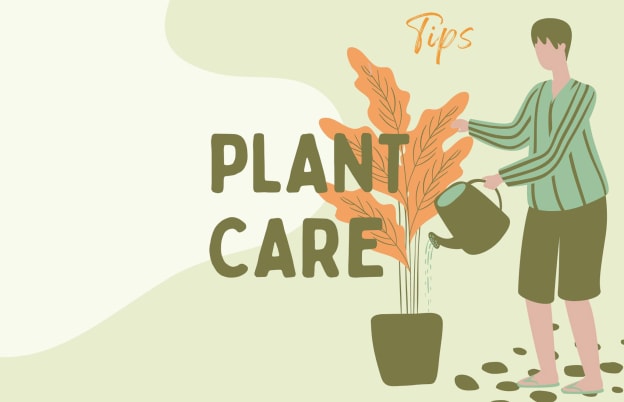Choose plants based on your light ☀️ in your space.
Don’t over-water your plants.
Use a good fertilizer.
Plant Care
ORCHID
Being tropical plants, orchids prefer warm temperatures between 60 and 80 degrees Fahrenheit. Avoid drafts, cold spaces, rooms with sudden temperature drops and hot air vents. Orchids flourish in air that is 50 percent humidity or above. They can do well in moist places such as by a kitchen window.
MONSTERA
Monsteras prefer soil that is lightly moist, and generally like to dry out a little bit between waterings. As epiphytes with aerial roots, they are sensitive to overwatering, so they don't want to sit in soggy soil. Once the top 2 to 4 inches of the soil are dry, your plant might use a drink.
FICUS
Most ficus trees enjoy bright indirect or filtered light with variegated varieties happily able to take medium light. Bright, direct light may result in scalding of the leaves and leaf loss. Ficus trees also cannot tolerate low temperatures or drafts. They need to be kept in temperatures above 60 degrees F.
SNAKE PLANT
Snake Pants is an ideal choice for beginner gardeners because it is difficult to kill. It's great in a container and grows well on the floor or on tabletop displays. Snake plant thrives in warm weather and struggles in cold conditions. This plant is drought-resistant but is susceptible to overwatering which lead to root rot.
Only water the plant if the soil feels dry. These plants can go two months between waterings in the winter months. In warmer months, water no more than every two weeks.
PEACE LILY
Grow peace lily in a bright spot out of direct sunlight. Water regularly, keeping the compost moist but not wet. In spring and summer, feed fortnightly with a liquid house plant food. Deadhead spent blooms and dust or wipe the leaves regularly to ensure they photosynthesis well.
SUCCULENTS
Most succulents prefer at least 6 hours of sun per day, so try to place them near a south- or east-facing window. You may notice your succulents becoming spindly or stretching toward the light if they don't get enough sun. The rule of thumb is to water succulents thoroughly once a week in summer, twice a month in spring and fall, and monthly during their winter dormancy. Keep succulents on the dry side, and give their roots superb drainage.
DIEFFENBACHIA
Dieffenbachia grows best with soil that's not overly moist. Hold off on watering the plant until the top 2 inches of soil are dry, then water thoroughly at the base of the plant. Droopy leaves are usually a sign that the plant needs to be watered.
CACTUS
The only rule is: Make sure the soil is dry between waterings. This will stop the roots and lower edges of the plant from becoming waterlogged or rotting. During winter months you can cut back on the water, as cacti become dormant during this time with less sun and cooler night temperatures.
IVY
Ivy enjoys a light spot, but preferably not in direct sunlight or a draught. The paler the leaves, the more light the plant needs. The soil can be moderately damp, but do not have the roots standing in water if possible. Some plant food once a month will maintain Devil's Ivy's growth.
CALATHEA
Calatheas need specific care in order to thrive. They need a consistently warm spot and bright but indirect light – keep them out of direct sunshine. Keep the soil moist from spring to autumn, and provide some humidity by misting the leaves daily or standing on a tray of moist pebbles.
FIG TREE
The Fiddle Leaf Fig appreciates a warm, humid environment, a fair amount of water and plenty of light. Choose a location away from air vents and drafts where the tree will receive plenty of bright ambient light. Directly in front of, or close by a southern or western facing window is ideal, and eastern exposure can also work as long as the plant is directly in the window and the space feels very bright.
YUCCA
These slow-growers are easy to care for and simply need a sturdy pot with well-draining soil and some sun — a south-facing window with lots of indirect light is perfect. Water them once a week or so during the summer, letting the soil dry out in between, as consistently moist soil will cause root rot.
AECHMEA
Aechmea (bromeliad) need in-direct sunlight to grow well and produce flowers, with a few exceptions. Aechmea prefer temperatures from 60F to 85F to survive and grow well. Water bromeliads well and allow the soil to dry before watering again.
ANTHURIUM
Grow your anthurium in a spot that gets plenty of bright, indirect light but no direct sunshine. Anthuriums do best in a warm room that's around 70-75°F, away from draughts and radiators. High humidity is best, so a bathroom or conservatory is ideal for them. Grouping plants together can help to raise humidity



